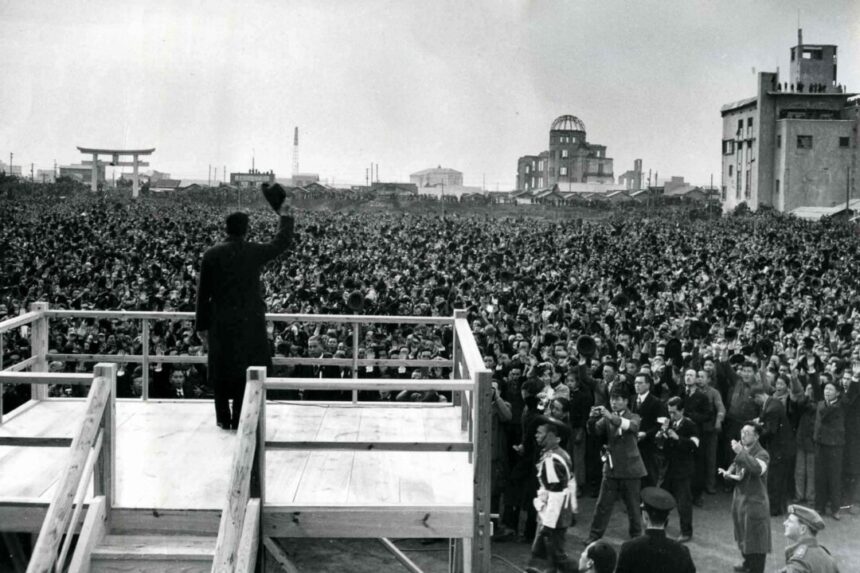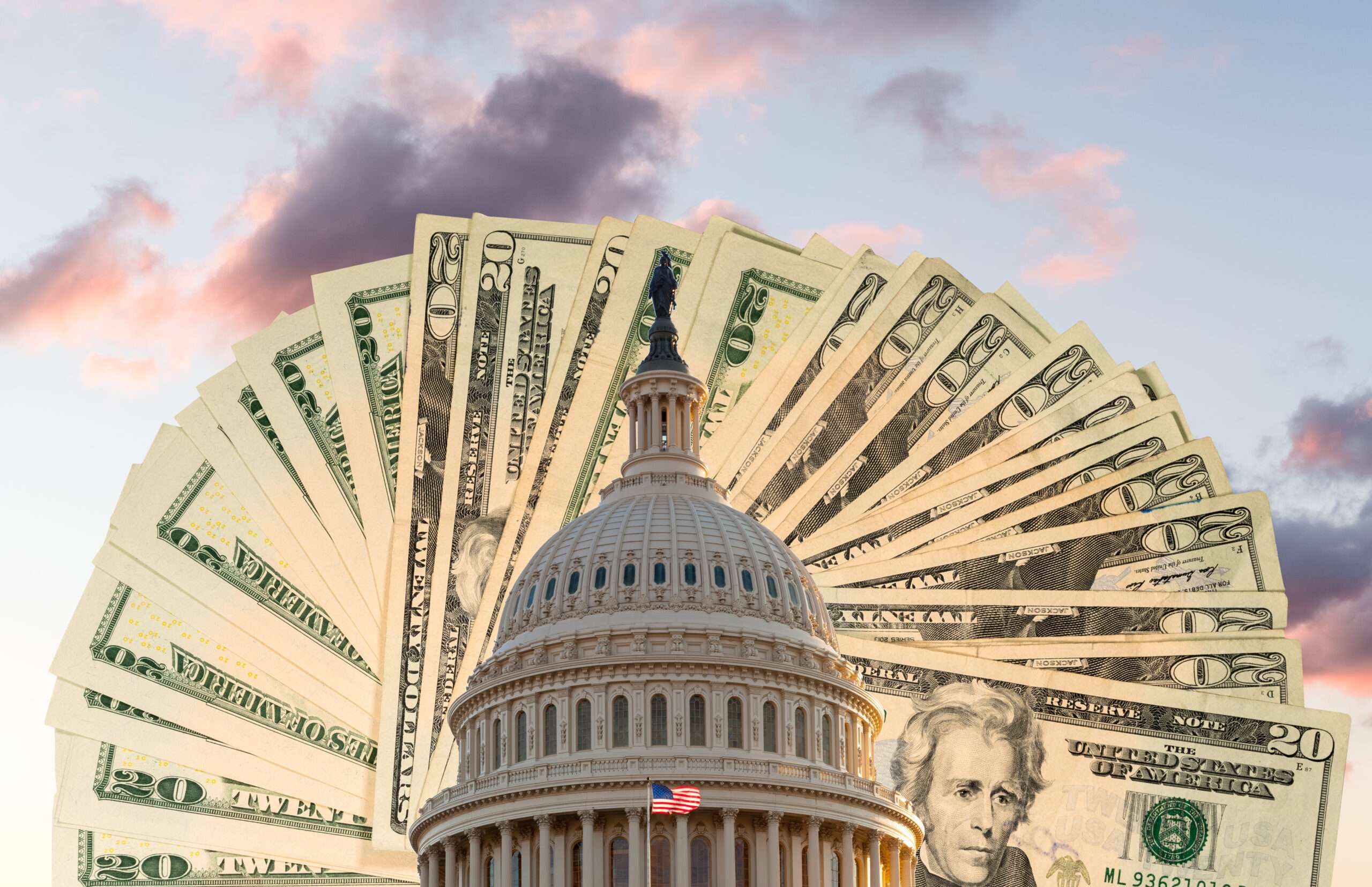Commentary
Japan followed a policy of strict national exclusion for over 200 years from 1630. Japanese citizens were not allowed to leave the country, and foreigners, except for Dutch ships at a single port, were forbidden to land. The country had a rigid social structure enforcing a feudal system, with political power held by the shogun, the head of the Tokugawa clan. The emperors, revered as sacred, were kept isolated.
In 1853, an American fleet arrived in Tokyo Bay and demanded that Japan open up to diplomatic relations and trade with the outside world. This gunboat diplomacy led to Japan establishing commercial and political contact with other nations, but at the cost of Japanese pride.
Determined to never be bullied by foreigners again, the Japanese ruling class initiated changes. The shogunate was overthrown, the emperor’s role was enhanced, and Western customs, military reforms, and technology were adopted. Japan transformed into a constitutional monarchy with a bicameral legislature aiming to become a great power. By 1900, Japan had developed a formidable army and navy, capable of challenging European nations, as seen in the Russo-Japanese War.
In the 20th century, imperial expansion became a focus. Japan annexed Korea and Taiwan and gained control of former German territories in the Pacific after World War I. However, China became a primary target for expansion, leading to increased militarization and lawlessness in politics. By the 1930s, the military wielded significant power in the government, advising Emperor Hirohito.

Emperor Hirohito after his enthronement ceremony in 1928. Public Domain
In northern China, at Mukden, Japanese troops orchestrated a false flag incident, leading to the invasion and conquest of Manchuria in 1932. This success fueled Japanese appetite for further expansion but drew foreign opposition. Japan’s ambition to dominate eastern Asia and replace Western colonial regimes with pro-Japanese governments drove its path towards war with Western powers.
With the outbreak of World War II in Europe, Japan saw an opportunity to advance its interests. In 1940, it allied with Nazi Germany and Fascist Italy to counter Western colonial powers. The primary concern was the United States and its bases in the Philippines and Hawaii.
The Japanese military meticulously planned an attack on Pearl Harbor, developing new tactics and weapons to cripple American assets. The strike on Dec. 7, 1941, resulted in significant American losses and marked the start of Japan’s war with the Allied powers.
Japan’s actions during World War II led to devastating consequences, culminating in Hirohito’s decision to surrender after immense destruction. The war altered Japan’s trajectory and reshaped its place in the world.
Views expressed in this article are opinions of the author and do not necessarily reflect the views of The Epoch Times.
Can you please rewrite this sentence?
Source link





